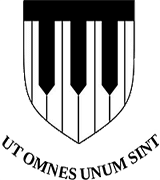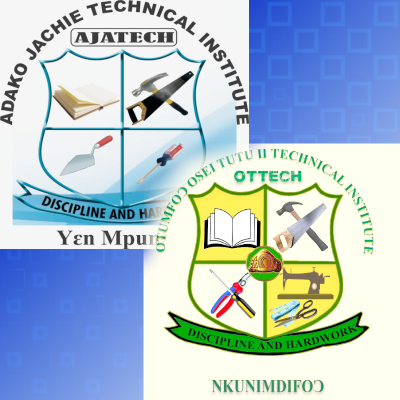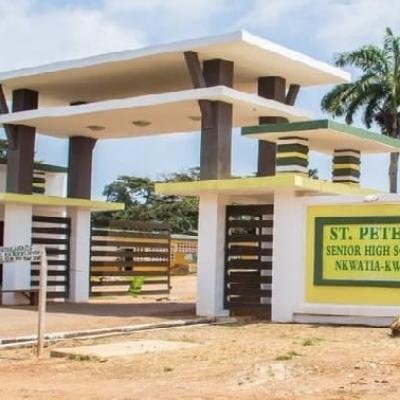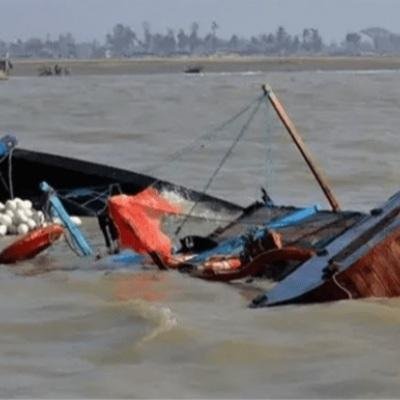History of Achimota Senior High
After the First World War, the Government of the Gold Coast felt the need for an advanced education. As Guggisberg put it, "In spite of the existence of one or two educational institutions of a secondary nature, the intellectual gap between the African who had completed his education at an English University and the semi-educated African of our primary school is dangerously wide. No one is more ready than I to sympathize with the legitimate aspirations of the African for advancement and for a greater share in the Government of this country, but if we are to help him to do this, if we are to protect the masses from the hasty and ill-conceived schemes of possible local demagogues, we must hasten as rapidly as our means will allow to fill up the gap between the two classes."
Achimota College was therefore established as part of Guggisberg's plan to reform the Gold Coast educational system. In August 1920, Guggisberg met and befriended native-born Dr. James Aggrey who was in the Gold Coast as a member of the Phelps Stokes Fund's African Education Commission. In 1922, as a result of the Phelps-Stokes Commission's 1920 report on education, Guggisberg appointed a committee to review its recommendations for Gold Coast education reform. That committee recommended the establishment of a comprehensive institution at Achimota to provide general secondary education, teacher training and technical education for male students. Achimota College was then conceived, thanks to the effort and support of Chiefs such as Nene Sir Emmanuel Mate Kole, Konor of Manya Krobo; Nana Sir Ofori Atta, Omanhene of Akyem Abuakwa and Nana Amonoo V, Omanhene of Anomabo, as well as prominent statesmen of the time such as the Hon. Dr. Benjamin W. Quartey Quaye Papafio, the Hon. F. V. Nanka-Bruce, both of Accra; the Hon. Thomas Hutton-Mills, Sr. of Accra, the Hon. E. J. P. Brown of Cape Coast, and the Hon. J. E. Casely-Hayford of Sekondi.
The Colonial government meant to carry out its policy to establish an excellent secondary institution where teachers as well as students would be trained. The Legislative Council went on to approve the 1923–24 budget for the establishment of the Prince of Wales College and School, and in March 1924, Guggisberg laid the foundation stone. Rev. Alexander G. Fraser was the first Principal (1924–1935), and Dr. James Aggrey was the first Vice-Principal (1924–1927). Fraser had previously been Principal of Trinity College, Kandy, an elite school in Ceylon, now Sri Lanka, and was hailed as the greatest colonial headmaster of his day by the Oxford Dictionary of National Biography. Aggrey campaigned vigorously for women's education at a time when the idea was not popular, and held the belief that to educate a man was to educate an individual, while educating a woman had more far-reaching benefits to family and community. This led to an increase in the number of places offered to girls by the College.
From 1924 until it opened on 28 January 1927, Guggisberg, Fraser and Aggrey worked together to realise Guggisberg's dream of establishing a first-class co-educational school and college. The University College of the Gold Coast, which is now known as the University of Ghana, had its roots in Achimota College. The University of Ghana holds its annual Aggrey-Fraser-Guggisberg Memorial Lecture series to honour the founders' contributions to education in Ghana. The Kwame Nkrumah University of Science and Technology (KNUST) also had its roots in Achimota College's Engineering School.
Achimota, originally known as the Prince of Wales College and School, was formally opened on 28 January 1927 by the then Governor of the Gold Coast, Sir Frederick Gordon Guggisberg. The guest of honour at the opening ceremony was Edward VIII, the then Prince of Wales, after whom the school was named. As one of the most prestigious institutions of its kind, known for its high academic standards and culture, it trained Pan-Africanistleaders during Sub-Saharan Africa's struggle for independence from colonial powers. From its student body and teaching college emerged many notable African personalities, including several heads of state, politicians, academics, scientists, doctors, lawyers, engineers, educators, architects, diplomats, computer scientists, agriculturists, accountants, artists, business leaders and industrialists. In a 2004 tribute to Akora Adrian Sherwood, a longtime English master at Achimota, the Ghana High Commission in London praised Achimota, quoting the words of the school's founding doctrine, for enabling its graduates "to know the life that is life indeed and go forth from it as living waters to a thirsty land."
Music has always played a very important part in the life of the school. Achimota’s achievements in attaining a high standard in this field led to the establishment of the Ghanaian National Symphony Orchestra and the department of music and performing art education at the University of Education, Winneba. From its inception Achimota placed special emphasis on the value of the use of one's hands in agriculture, technical and vocational. Achimota has concerned itself to set a standard of excellence in whatever field of education that meets the national needs.







